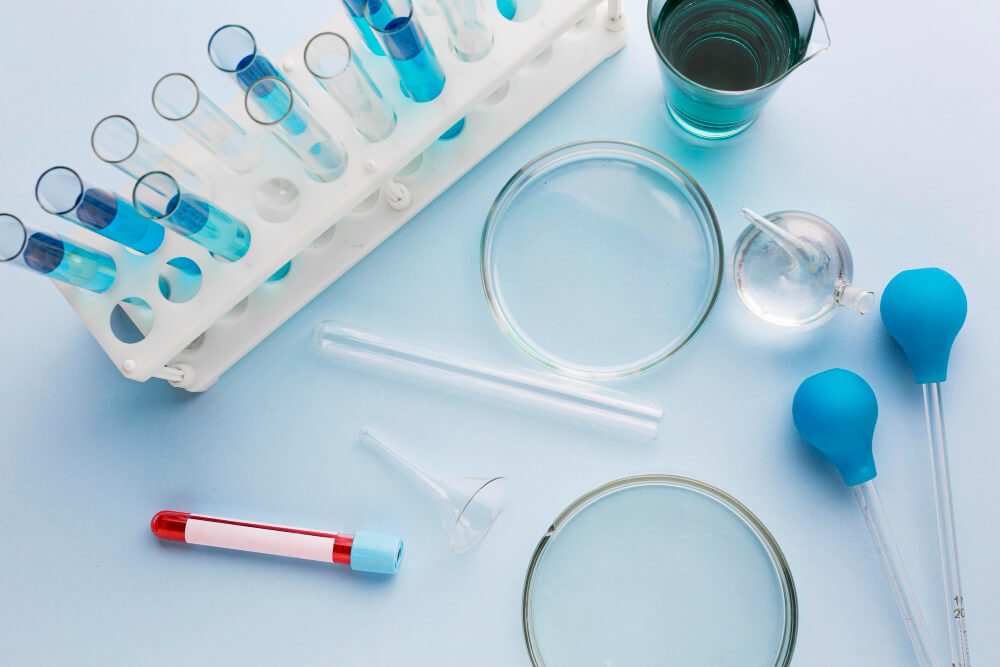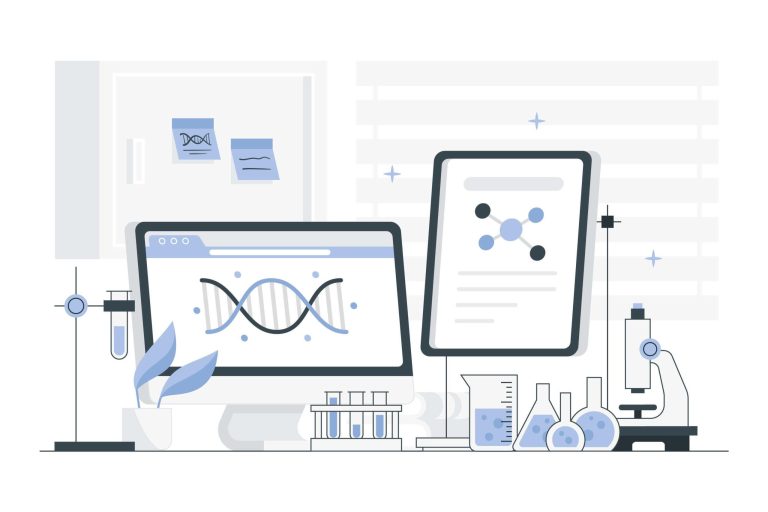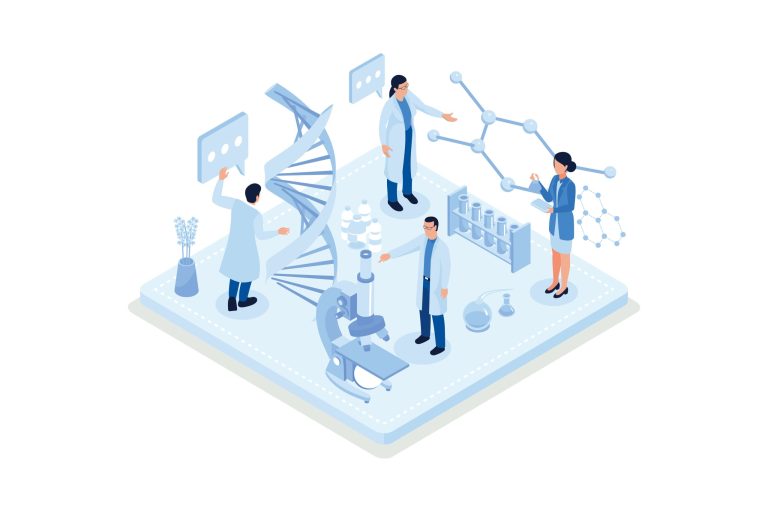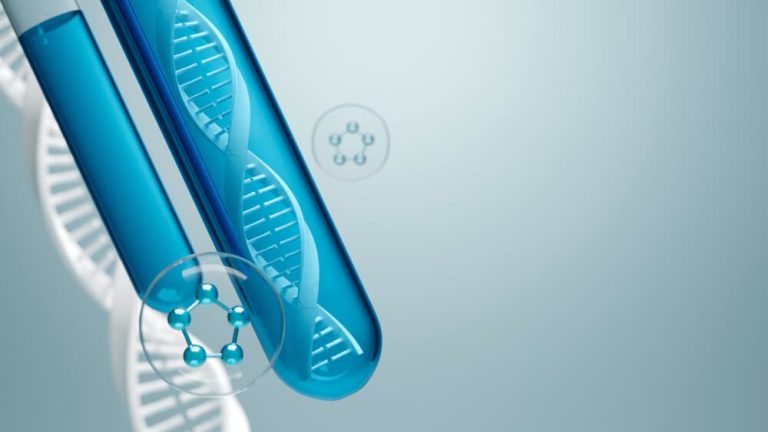Unlocking Cellular Health: A Deep Dive into NAD Training
In the ever-expanding world of health and longevity, few molecules have generated as much excitement as Nicotinamide Adenine Dinucleotide, or NAD+. This tiny coenzyme, present in every cell of your body, is a cornerstone of life itself. It plays a critical role in hundreds of metabolic processes, from converting food into energy to repairing damaged DNA. Without it, our cellular machinery would simply grind to a halt.
As we age, however, our natural levels of NAD+ begin a steady decline. This reduction is now considered a key hallmark of the aging process, linked to a wide range of age-related issues, including decreased energy, cognitive slowdown, and a reduced capacity for cellular repair. This understanding has sparked a revolution in regenerative medicine, focusing on strategies to safely and effectively restore NAD+ levels, potentially slowing or even reversing certain aspects of cellular aging.
For healthcare professionals and clinic owners, this new frontier presents both an incredible opportunity and a significant responsibility. The demand for NAD+ therapies is growing, and meeting it requires a deep, science-backed understanding of the molecule and its applications. This is why comprehensive NAD training has become essential, equipping practitioners with the knowledge to navigate this complex field and deliver transformative results for their patients.

What Exactly Is NAD+?
So, what is this powerhouse molecule? Think of NAD+ as the master currency of cellular energy. It exists in two primary forms within the cell: NAD+, the oxidized form, and NADH, the reduced form. This pair acts like a rechargeable battery, shuttling electrons back and forth to power countless biochemical reactions.
Its most famous job is in the mitochondria, the powerhouses of our cells. Here, NAD+ is indispensable for the process of cellular respiration, which converts the glucose and fatty acids from our food into ATP (adenosine triphosphate). ATP is the direct chemical energy that fuels everything you do, from blinking your eyes to running a marathon. Without sufficient NAD+, this energy production line becomes sluggish and inefficient.
But its role extends far beyond simple energy creation. NAD+ is also a crucial substrate for a special class of proteins called sirtuins. Often dubbed ‘longevity genes’, sirtuins are cellular guardians that regulate health and lifespan. They are involved in critical functions like DNA repair, inflammation control, and maintaining the stability of our chromosomes.
However, sirtuins can only do their job if they have enough NAD+ to consume. When NAD+ levels are high, sirtuins are active and our cells are resilient. When NAD+ levels drop, sirtuin activity diminishes, leaving our cells more vulnerable to stress, damage, and the overall effects of aging. This interplay between NAD+ and sirtuins is a central focus of modern anti-aging research.

Why Does NAD+ Decline As We Age?
The decline of NAD+ is not a single event but a complex process influenced by multiple factors over a lifetime. It’s a slow, gradual depletion that accelerates as we get older, contributing to the feeling that we just don’t bounce back like we used to. Understanding the culprits behind this decline is the first step in addressing it.
One of the primary drivers is an increase in DNA damage. Throughout our lives, our DNA is constantly under assault from environmental factors like UV radiation, toxins, and even the byproducts of our own metabolism. To combat this, our bodies use a family of enzymes called PARPs (Poly ADP-ribose polymerases) to repair the damage. The catch? PARPs are massive consumers of NAD+. As we accumulate more DNA damage with age, our PARP enzymes go into overdrive, depleting our precious NAD+ reserves.
Another major factor is chronic, low-grade inflammation, often called ‘inflammaging’. As we get older, our immune system can become dysregulated, leading to a state of persistent inflammation. This inflammatory state activates certain immune cells and enzymes, most notably an enzyme called CD38. CD38 is the single largest consumer of NAD+ in mammals, and its expression increases significantly with age. It essentially acts like a drain on the NAD+ pool, leaving less available for energy production and sirtuin activity.
Finally, our body’s ability to produce and recycle NAD+ also becomes less efficient over time. The pathways that synthesize NAD+ from its precursors, like the amino acid tryptophan and various forms of vitamin B3, slow down. This combination of increased consumption and decreased production creates a perfect storm, leading to the systemic decline in NAD+ that characterizes the aging process.
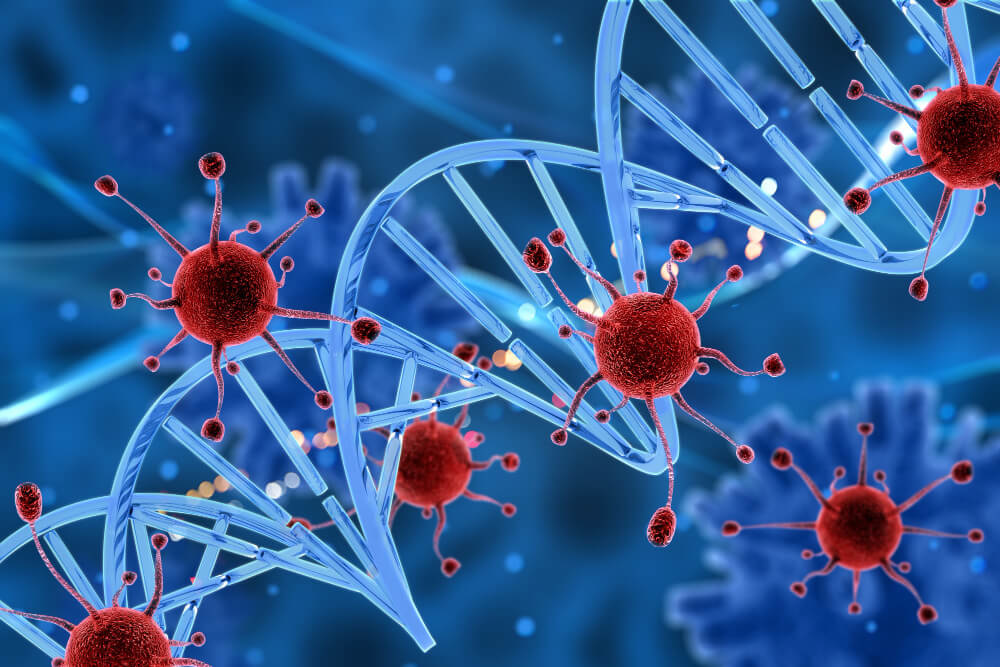
How Can We Boost Our NAD+ Levels?
Recognizing that NAD+ decline is a reversible process has opened up a world of therapeutic possibilities. The goal is to tip the balance back in our favor by reducing NAD+ consumption and increasing its supply. This can be achieved through a combination of lifestyle interventions, supplementation with precursors, and direct intravenous therapies.
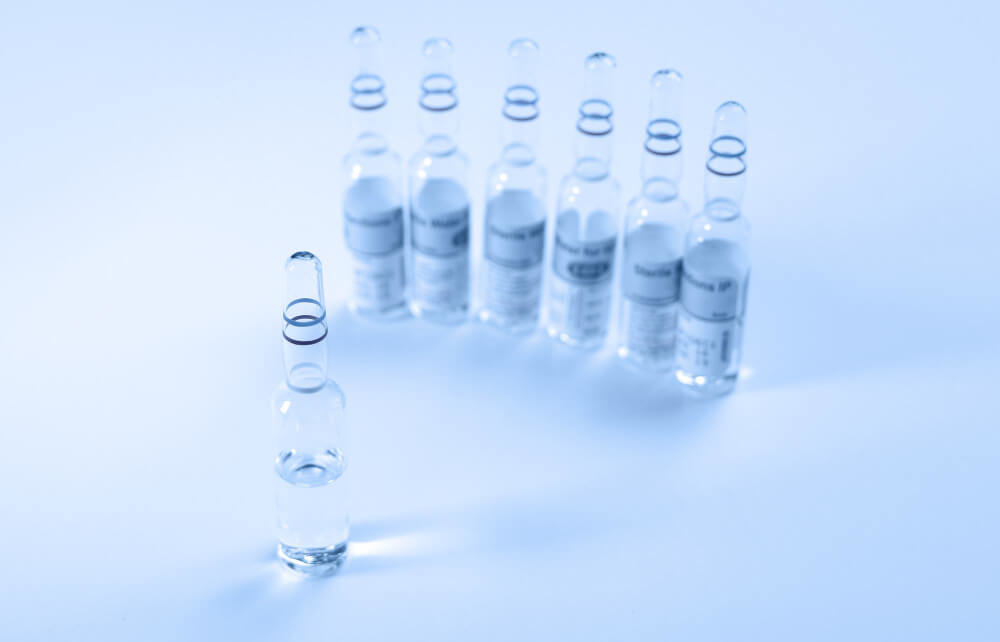
Can Lifestyle Changes Make a Difference?
Absolutely. Your daily habits have a profound impact on your cellular health and NAD+ metabolism. Before exploring advanced therapies, it’s crucial to build a strong foundation with lifestyle choices that naturally support your NAD+ pool.
Exercise is one of the most powerful tools at your disposal. Physical activity, particularly strenuous exercise, creates a temporary energy demand that signals the body to ramp up NAD+ production to meet the challenge. Research has shown that high-intensity interval training boosts NAD+ levels in muscle tissue, enhancing mitochondrial function and overall metabolic health.
Diet and fasting protocols also play a significant role. Caloric restriction and intermittent fasting are mild stressors that activate the same longevity pathways as exercise, including the upregulation of sirtuins and an increase in NAD+ synthesis. A diet rich in B-vitamins, which are the fundamental building blocks for NAD+, can also support your body’s natural production capabilities.
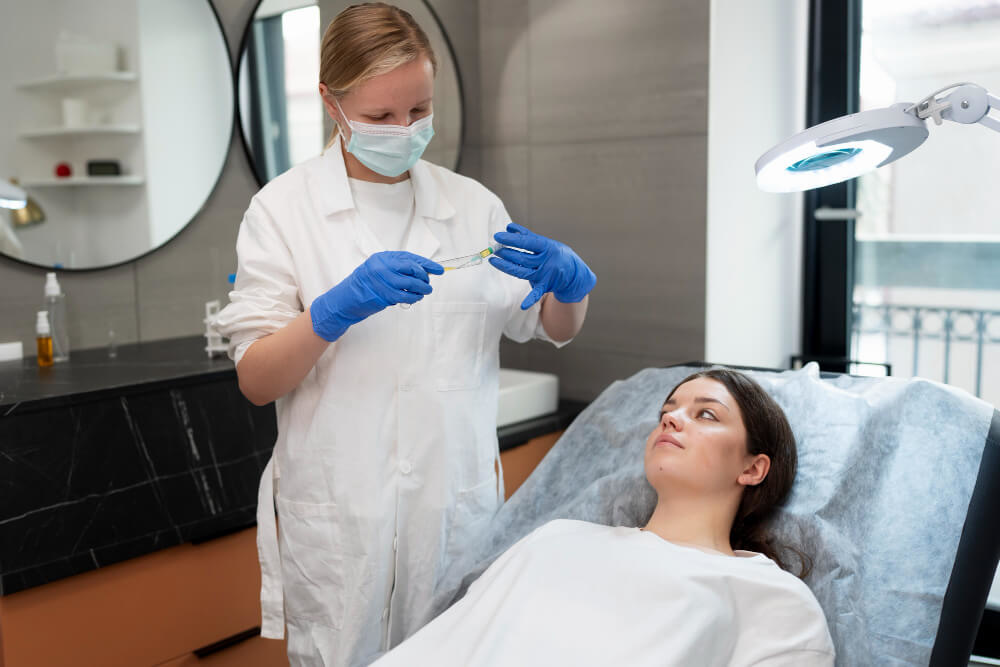
What Are NAD+ Precursors?
While lifestyle is foundational, many people turn to supplementation to achieve a more significant boost in NAD+ levels. Since the NAD+ molecule itself is too large to be easily absorbed by cells when taken orally, the focus is on providing the body with its direct precursors, or building blocks. The two most studied and popular precursors are Nicotinamide Riboside (NR) and Nicotinamide Mononucleotide (NMN).
Both NR and NMN are forms of vitamin B3 that the body can efficiently convert into NAD+. They essentially provide the raw materials needed for the cellular machinery to synthesize more of this vital coenzyme. The public and scientific excitement around these molecules has been immense, with many asking, ‘Is an anti-aging pill on the horizon?‘.
The debate over which precursor is superior is ongoing, with research supporting both. Understanding the nuances of each is critical for any practitioner, which is why specialized training on NAD precursors like Nicotinamide Riboside (NR) vs Nicotinamide Mononucleotide (NMN) is so valuable. It helps clinicians make informed decisions based on the latest scientific evidence.
For those wanting to dive deeper into the science, there are excellent resources available. You can find an evidence-based overview of nicotinamide mononucleotide that breaks down the existing human and animal studies. Similarly, respected longevity experts provide their own takes, such as Dr. Peter Attia’s detailed analysis of NMN, which explores its mechanisms and potential applications. These resources highlight the complexity and excitement surrounding NAD+ supplementation.
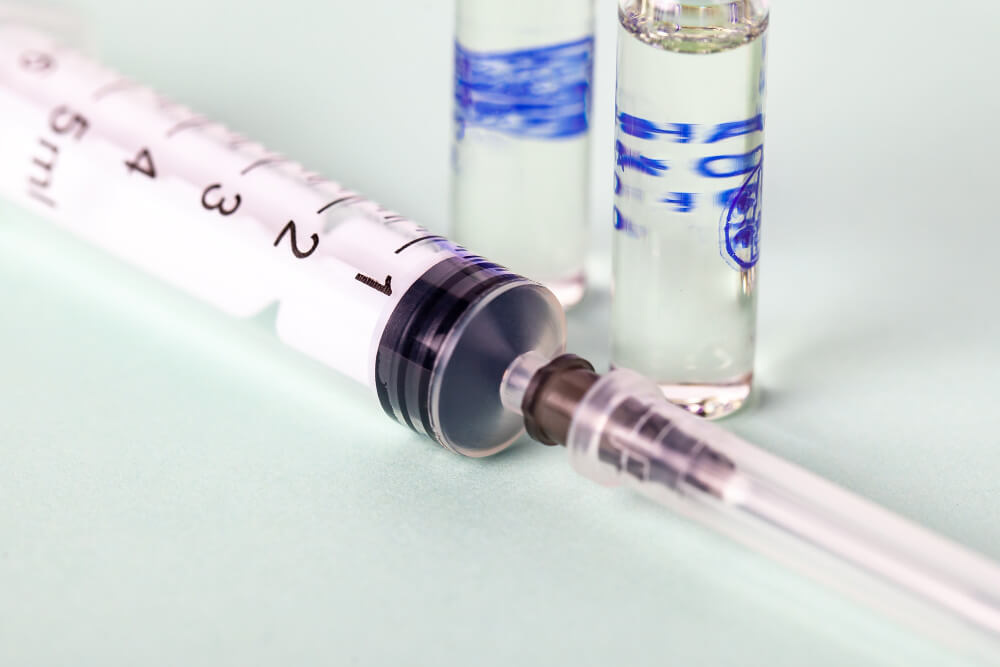
What About IV NAD+ Therapy?
For the most direct and potent method of increasing NAD+ levels, many clinics offer intravenous (IV) NAD+ therapy. This approach bypasses the digestive system and delivers the coenzyme directly into the bloodstream, making it 100% bioavailable to the body’s tissues. This allows for a rapid and significant elevation of systemic NAD+ levels, something that can be difficult to achieve with oral precursors alone.
IV NAD+ is often used for a variety of applications, from supporting addiction recovery and managing chronic fatigue to promoting neurological health and as a powerful anti-aging intervention. Patients often report profound effects, including enhanced mental clarity, increased energy, improved mood, and faster physical recovery.
However, this powerful therapy requires expert administration. The infusion process itself can cause some temporary discomfort, including flushing, mild nausea, and a feeling of pressure in the chest. A trained professional knows how to adjust the drip rate and provide supportive nutrients to ensure the patient’s comfort and safety. Properly managing patient side effects during NAD infusions is a cornerstone of effective and responsible treatment, ensuring a positive experience and optimal outcomes.
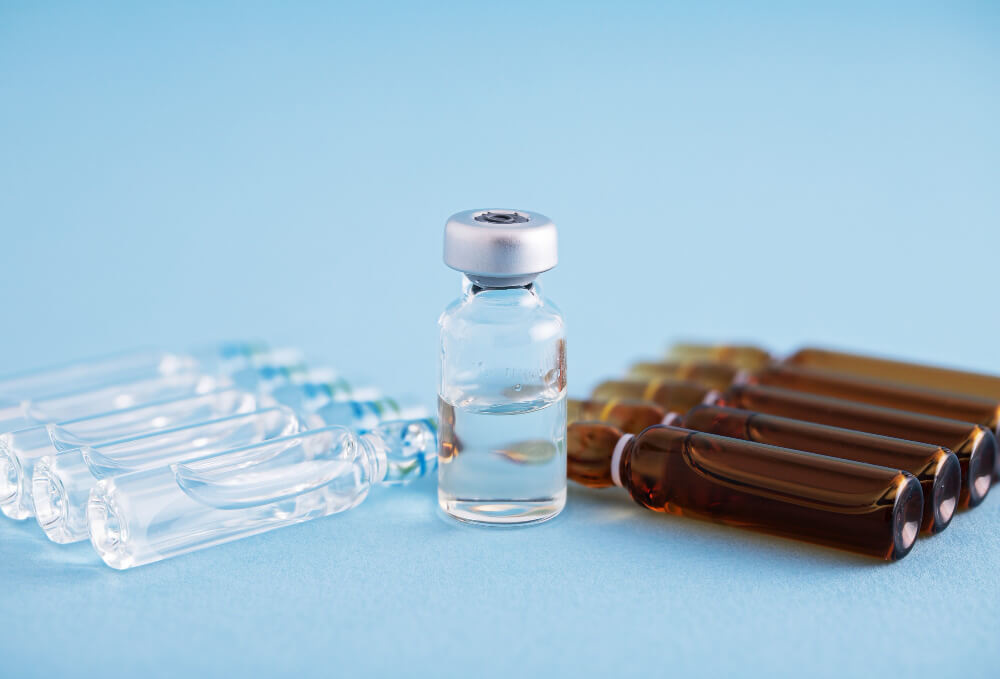
What is NAD Training for Professionals?
As NAD+ therapy moves from the fringes of research to the mainstream of functional and regenerative medicine, the need for standardized, high-level education has become paramount. NAD training is a specialized field of study designed for healthcare professionals, including doctors, nurses, naturopaths, and clinic owners, who wish to incorporate these powerful protocols into their practice.
This is not a simple ‘how-to’ course. Comprehensive training delves deep into the biochemistry of NAD+ and its precursors. It covers the intricate cellular pathways, the mechanisms of age-related decline, and the scientific evidence behind various replenishment strategies. Practitioners learn to critically evaluate research and separate hype from clinical reality.
Furthermore, a key component of this training is the development of clinical protocols. This includes understanding patient selection criteria, determining appropriate dosages for oral supplements, and mastering the art and science of administering IV NAD+ therapy. It covers everything from initial patient assessment to follow-up care, ensuring a holistic and effective treatment plan.

Why is Safety and Protocol So Important?
Safety is the bedrock of any medical intervention, and NAD+ therapy is no exception. While generally considered very safe, its power necessitates a respectful and knowledgeable approach. Proper training ensures that practitioners understand potential contraindications, patient sensitivities, and how to create a safe clinical environment.
Standardized protocols are what separate a professional clinical practice from an experimental one. They ensure that every patient receives a consistent, high-quality level of care based on the best available evidence. This includes precise formulations, calculated drip rates for IVs, and clear guidelines for managing patient expectations and any potential side effects.
Moreover, operating in the advanced field of regenerative medicine requires a firm grasp of professional responsibility. Understanding the legal and ethical framework for advanced care is crucial, as the principles of informed consent, patient safety, and ethical practice are universal. Proper training instills these principles, ensuring that practitioners not only deliver effective results but also uphold the highest standards of their profession.
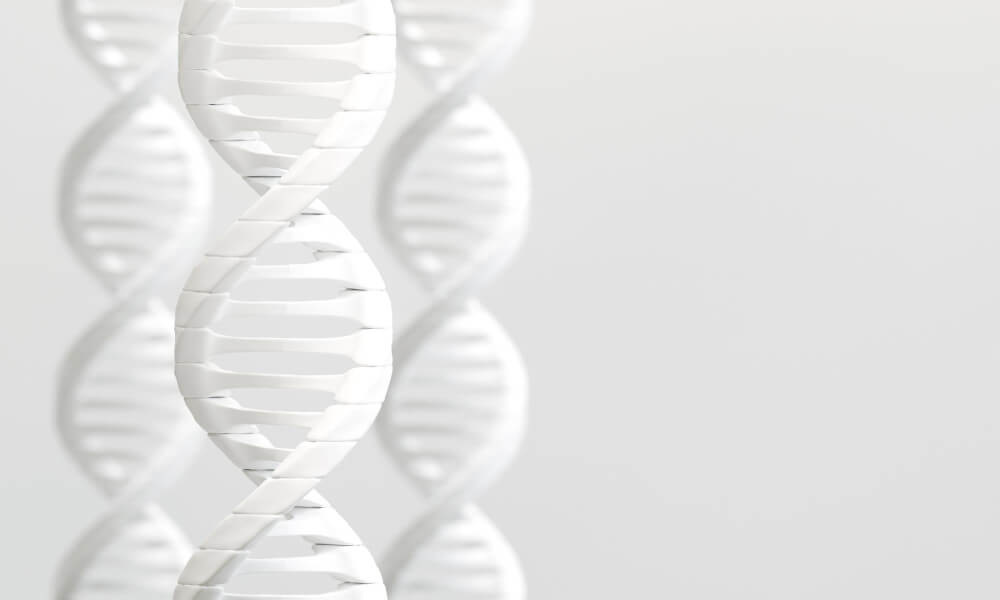
What Does the Future of NAD+ Therapy Look Like?
The field of NAD+ research is one of the most dynamic areas in longevity science. We are still in the early innings of discovering the full potential of this remarkable molecule. Current and future research is focused on refining delivery methods, identifying new and more efficient precursors, and understanding its therapeutic potential for specific age-related diseases.
Scientists are exploring how NAD+ repletion can impact neurodegenerative conditions like Alzheimer’s and Parkinson’s, metabolic disorders like type 2 diabetes, and cardiovascular health. The goal is to move beyond simply slowing aging and towards a new paradigm of medicine focused on enhancing healthspan, the period of our lives spent in good health and free from chronic disease.
As our understanding grows, NAD+ therapy is likely to become a cornerstone of personalized, preventative medicine. Imagine a future where your NAD+ levels are routinely checked as part of your annual physical, and a personalized plan is created to optimize your cellular health based on your unique genetics, lifestyle, and health status.
This rapidly evolving landscape underscores the absolute necessity for ongoing education. The protocols and understanding of today will be refined and improved by the research of tomorrow. For practitioners in the field, a commitment to lifelong learning is not just an advantage; it’s a requirement to provide the best possible care.
The journey into the world of NAD+ is a journey to the very core of what keeps us vibrant and alive. From the intricate dance of electrons in our mitochondria to the broad applications in a clinical setting, understanding and harnessing the power of NAD+ is reshaping our approach to health and aging. It represents a shift from simply treating disease to proactively building resilience at the most fundamental, cellular level.
Frequently Asked Questions
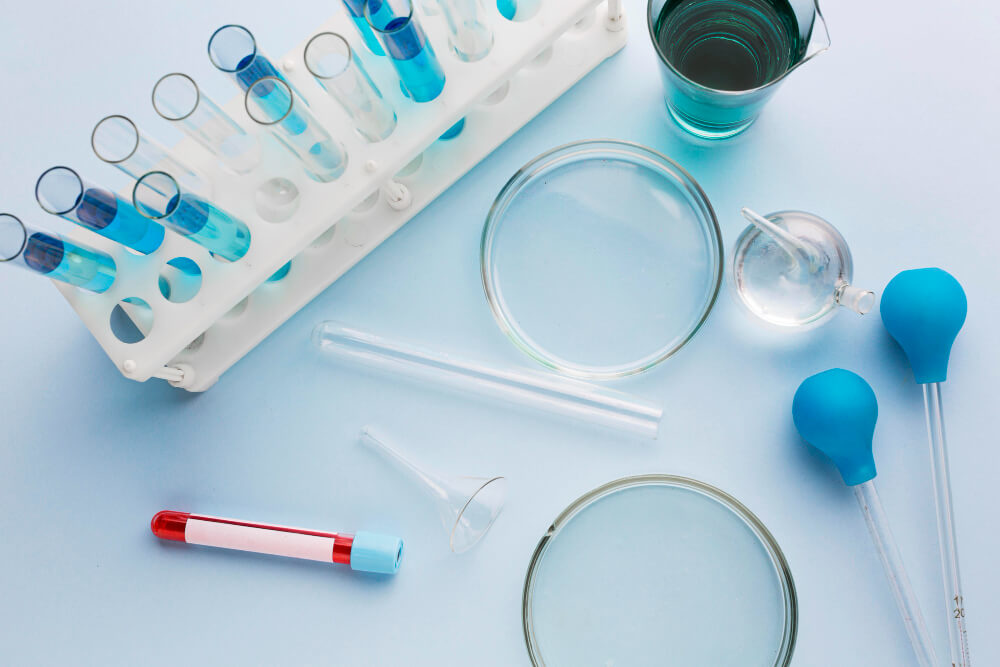
What should I expect to feel during and after an NAD+ IV infusion for addiction?
During the IV infusion, many individuals report experiencing temporary sensations such as warmth spreading through the body, mild chest tightness, or slight stomach discomfort. These feelings are normal reactions to the influx of the coenzyme and are managed by the clinical staff who can adjust the drip rate to ensure your comfort. The entire process is medically supervised to maintain safety and maximize the therapy’s effectiveness.
Following the treatment course, patients often describe a significant reduction in brain fog, replaced by a feeling of profound mental clarity and heightened focus. Physically, many report increased energy levels and a noticeable decrease in the intensity of withdrawal symptoms and cravings. This renewed sense of physical and mental well-being can be a powerful motivator to fully engage in the next steps of a comprehensive recovery program.
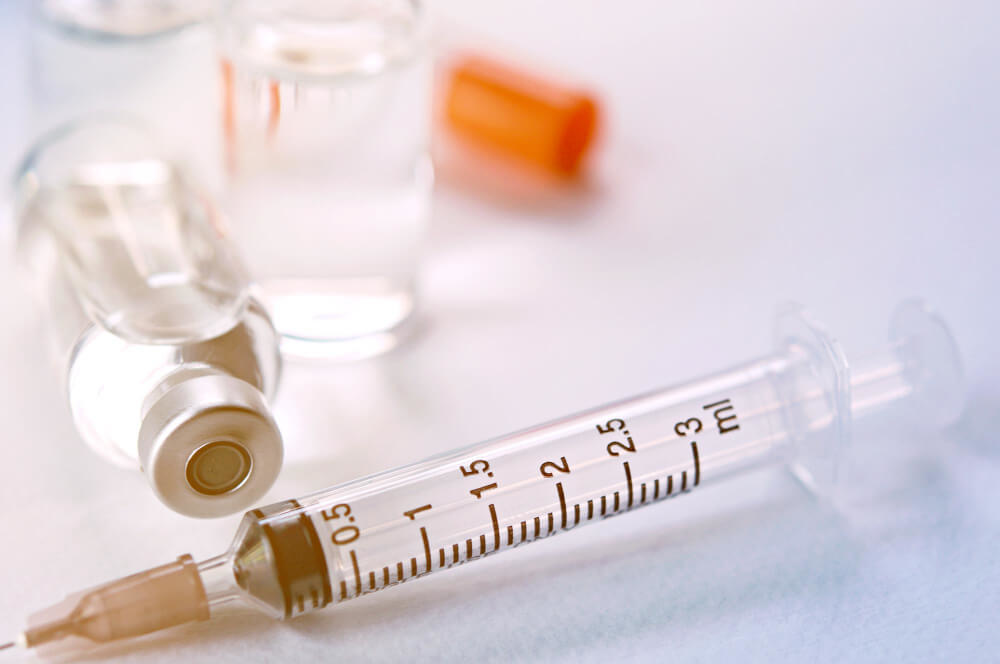
Is NAD+ therapy a standalone treatment, or should it be combined with other recovery programs?
NAD+ therapy is not a standalone cure for addiction but rather a powerful adjunctive tool that addresses the biological damage caused by substance abuse. Its primary function is to facilitate a smoother and more comfortable detoxification process by repairing cells and replenishing essential neurotransmitters. This biological restoration helps stabilize the patient, making them more physically and mentally receptive to traditional therapeutic interventions.
For the best chance at long-term sobriety, NAD+ therapy should be integrated into a comprehensive addiction treatment plan that includes psychological support. This means combining the cellular repair benefits of NAD+ with counseling, behavioral therapies like CBT or DBT, and participation in support groups. This holistic approach ensures that both the physiological and psychological drivers of addiction are addressed concurrently.
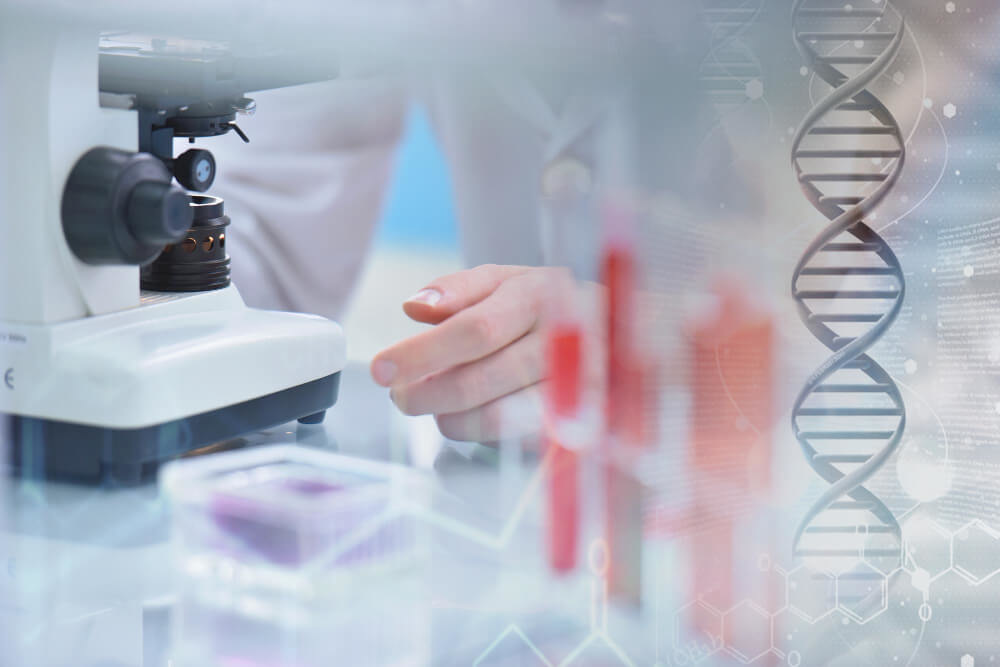
How exactly does NAD+ help reduce withdrawal symptoms and cravings at a biological level?
Chronic substance abuse severely depletes the body’s natural stores of NAD+, a coenzyme essential for cellular energy production and DNA repair, particularly in the brain. NAD+ therapy works by rapidly replenishing these levels, which helps restore mitochondrial function and provides cells with the energy needed to heal. This cellular rejuvenation process directly mitigates the intense physical stress of withdrawal, lessening symptoms like fatigue, nausea, and body aches.
Furthermore, NAD+ is a critical cofactor in the synthesis of vital neurotransmitters, including dopamine and serotonin, which become dysregulated by addiction. By helping to rebalance these brain chemicals, the therapy can significantly reduce the neurological basis for cravings and improve overall mood and cognitive function. This neurochemical stabilization is key to helping individuals break the cycle of cravings and relapse in early recovery.
Discover the most comprehensive functional medicine training, longevity training, and biohacking certification programs designed specifically for healthcare professionals, medics, and clinic owners who want to master regenerative medicine protocols and anti-aging therapies. Elevate your practice and become a leader in the future of health with Talking Longevity.

